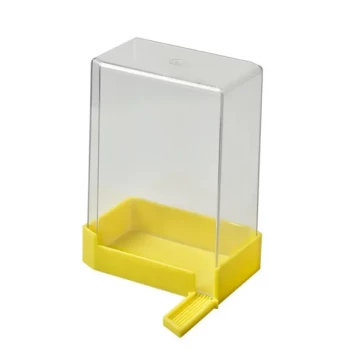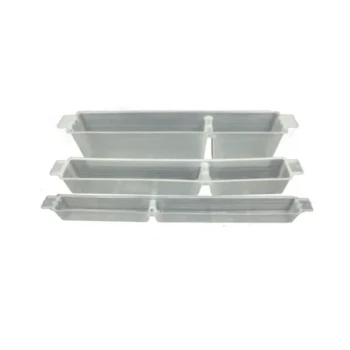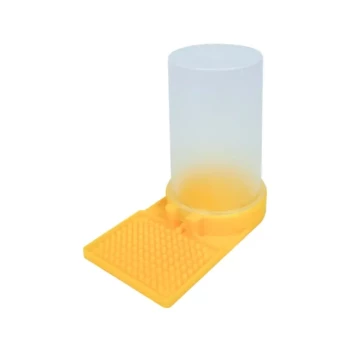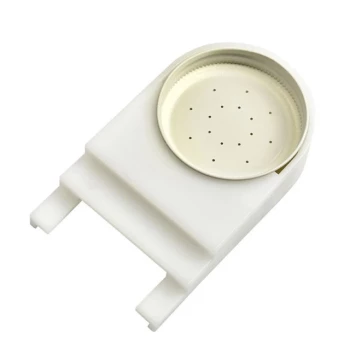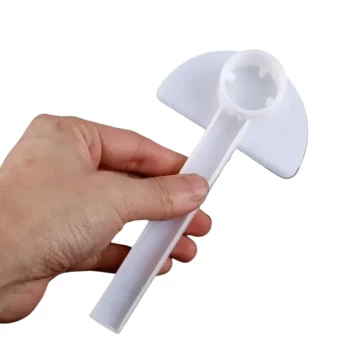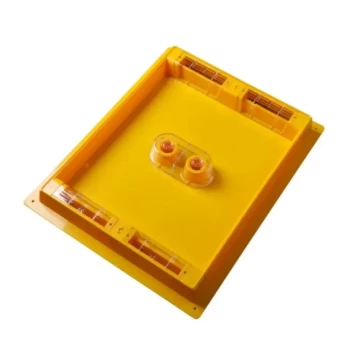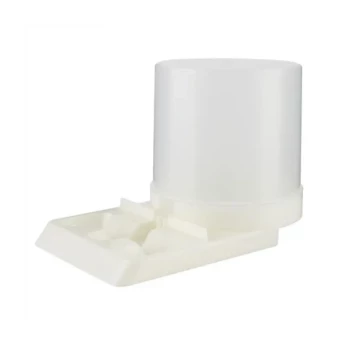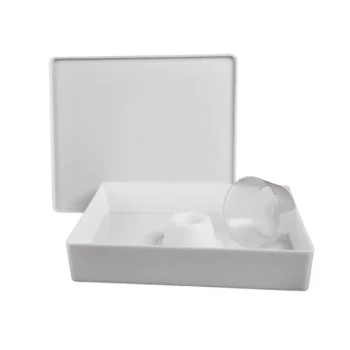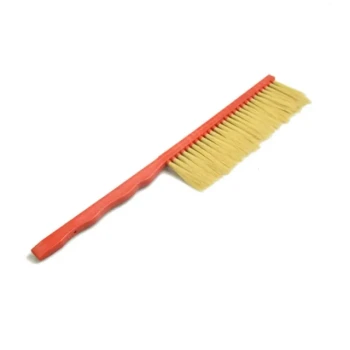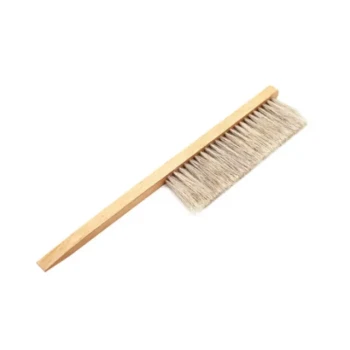In beekeeping, a frame feeder is a container designed to fit inside a hive body, replacing one or more standard frames. It is used to hold liquid sugar syrup, providing a direct, internal food source for the colony. Its primary advantages are efficiency, protection from the elements, and suitability for feeding during colder weather.
The core value of a frame feeder is its ability to deliver a large volume of feed inside the hive, directly adjacent to the bee cluster. This makes it an excellent tool for cold weather feeding but requires careful management to mitigate the risks of bee drowning and the occupation of valuable hive space.

How Frame Feeders Work
Frame feeders are a simple yet effective design that integrates seamlessly into the life of the hive. Their effectiveness hinges on their placement and a few key features.
In-Hive Placement
A frame feeder has lugs just like a standard frame, allowing it to hang from the hive body's rail. It takes the place of one or two frames, typically in the brood chamber.
This internal placement keeps the feed source within the insulated hive and very close to the bees, minimizing the energy they must expend to access it.
Preventing Drowning
The most critical feature of a frame feeder is the mechanism that allows bees to access the syrup safely. The feeder is essentially an open tank, and without assistance, bees will fall in and drown.
To prevent this, beekeepers add flotation or ladder systems. This can be a wooden float, textured plastic walls, or even natural materials like dried vegetation stuffed into the tank, giving bees a surface to stand on while they drink.
The Core Advantages of Internal Feeding
Placing the feed source inside the hive provides several distinct benefits over external or entrance-style feeders.
Ideal for Cold Weather
The most significant advantage is its performance in colder temperatures. Bees are reluctant to break their warm cluster to travel to an external feeder in the cold.
A frame feeder placed next to the brood nest allows bees to access food without leaving the cluster's warmth, making it ideal for late fall or early spring feeding.
Reduces Robbing Behavior
External feeders can broadcast the scent of sugar syrup, attracting bees from other hives and promoting "robbing," where stronger colonies attack weaker ones to steal their resources.
Because a frame feeder is entirely contained within the hive, it significantly reduces the risk of initiating robbing behavior.
Efficient and Contained
Frame feeders typically hold a large volume of syrup—from half a gallon to two gallons—reducing the frequency of refills.
The large surface area allows many bees to feed simultaneously, enabling the colony to consume the syrup rapidly. This also keeps the feed clean and prevents it from spilling onto bees or mixing with in-hive treatments.
Understanding the Trade-offs and Risks
While effective, frame feeders are not without their challenges. Understanding these trade-offs is essential for their proper use.
The Drowning Risk
The single greatest drawback is the potential for bees to drown. If the float or ladder system fails, is improperly sized, or is not included, a significant number of bees can be lost.
Regular inspection of the feeder's safety mechanism is crucial to prevent colony losses.
Occupies Valuable Hive Space
Using a frame feeder means sacrificing space that would otherwise be used for frames of brood, pollen, or honey.
During a strong nectar flow or periods of rapid colony expansion, this trade-off becomes a significant consideration, as it limits the queen's laying area and the colony's storage capacity.
Refilling Requires Opening the Hive
While feeding is less disruptive to the cluster itself, refilling a frame feeder still requires you to open the hive lid.
This breaks the hive's propolis seal and exposes the colony to the elements and potential stress, which is a drawback compared to top feeders that can often be refilled with minimal disturbance.
Making the Right Choice for Your Goal
Selecting a feeder depends entirely on your specific objective and the time of year.
- If your primary focus is rapid buildup in early spring: A frame feeder provides a high volume of syrup directly next to the brood nest, fueling fast expansion.
- If your primary focus is feeding during cool weather: The frame feeder is the superior choice, as it allows bees to eat without breaking their life-saving cluster.
- If your primary focus is hands-off, minimal-disturbance feeding: A top feeder may be preferable, as it can often be refilled without opening the main hive body.
Ultimately, the frame feeder is a powerful tool for delivering nourishment efficiently and safely when weather or forage conditions are challenging.
Summary Table:
| Feature | Advantage | Consideration |
|---|---|---|
| In-Hive Placement | Direct access for bees; ideal for cold weather feeding | Occupies space for brood/honey frames |
| Large Capacity | Holds 0.5-2 gallons; reduces refill frequency | Requires opening hive to refill |
| Contained Design | Minimizes robbing behavior; keeps feed clean | Risk of bee drowning without proper float/ladder |
| Best For | Spring buildup, fall feeding, cold climates | Less ideal during strong nectar flows |
Ready to boost your colony's health with efficient feeding?
At HONESTBEE, we supply commercial apiaries and distributors with durable, high-capacity frame feeders designed for maximum efficiency and bee safety. Our wholesale-focused operations ensure you get the reliable equipment your business needs to thrive.
Contact our expert team today to discuss your bulk equipment requirements and get a quote!
Visual Guide
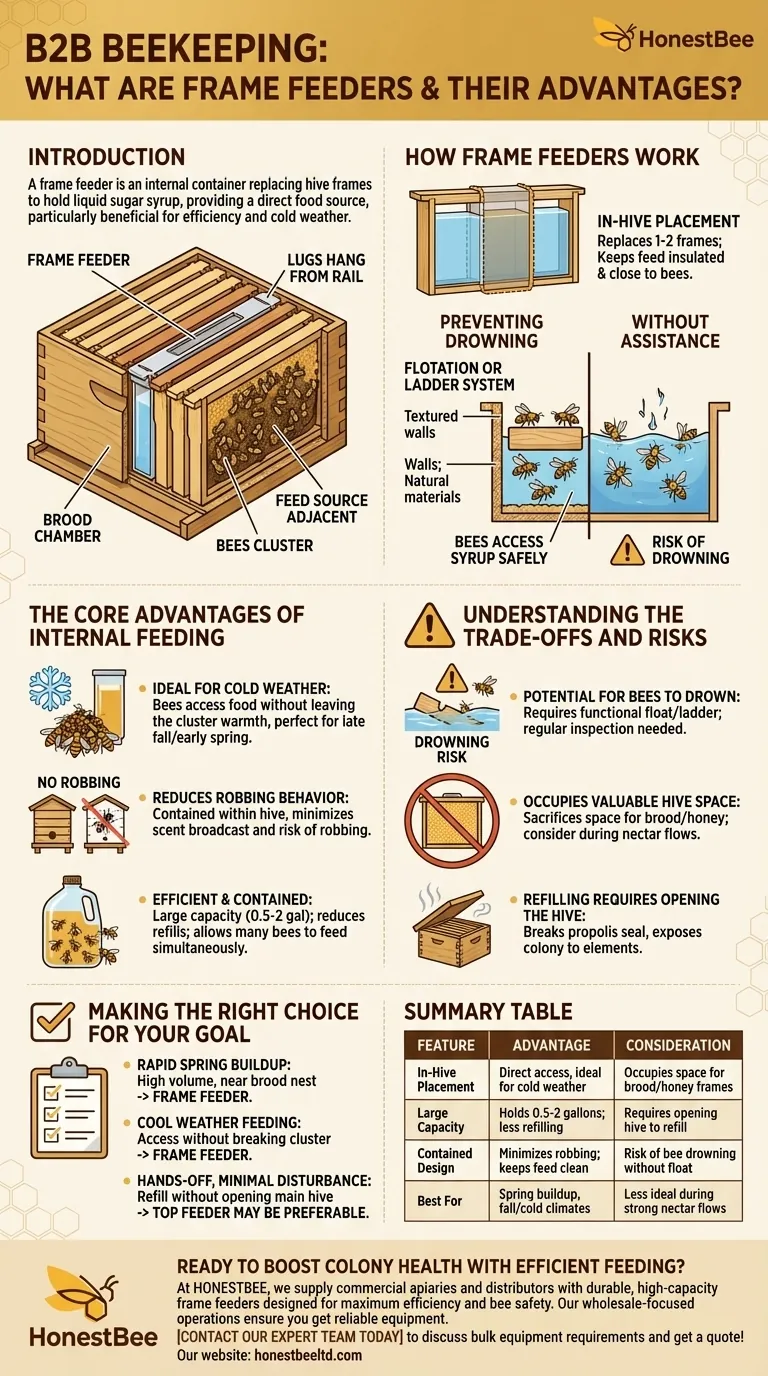
Related Products
- Professional In-Hive Frame Bee Feeder by HONESTBEE
- 3.5L Plastic Beehive Frame Feeder Deep Frame Water Feeder for In Hive Use
- Professional Hive Front Entrance Bee Feeder
- In-Hive Dual Compartment Frame Bee Feeder for Targeted Colony Nutrition
- Boardman Entrance Bee Feeder Durable Galvanized Steel and Wood Construction for Beekeeping
People Also Ask
- How do frame feeders prevent drowning of bees? Essential Safety Design for Healthy Hives
- What are the advantages of using a frame feeder? Boost Hive Health with In-Hive Feeding
- What are the two most popular types of honey bee feeders? A Guide to Frame and Bucket Feeders
- Are frame feeders good? Maximize Your Hive's Health with the Right Feeding Strategy
- How do I keep bees from drowning in my frame feeder? Essential Tips for a Safe Hive


